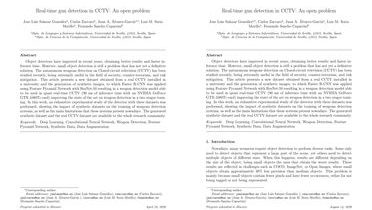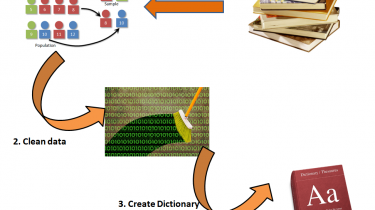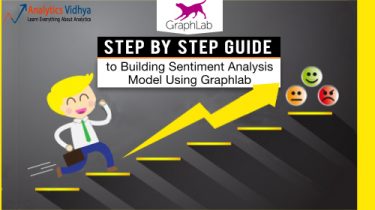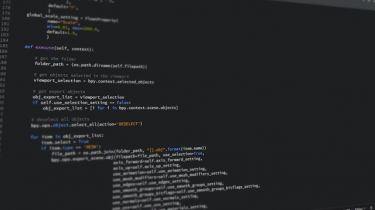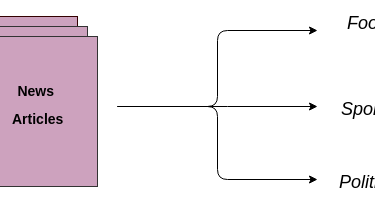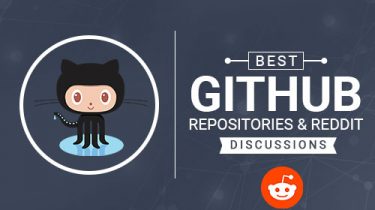Real-time gun detection in CCTV: An open problem
Object detectors have improved in recent years, obtaining better results and faster inference time. However, small object detection is still a problem that has not yet a definitive solution… The autonomous weapons detection on Closed-circuit television (CCTV) has been studied recently, being extremely useful in the field of security, counter-terrorism, and risk mitigation. This article presents a new dataset obtained from a real CCTV installed in a university and the generation of synthetic images, to which Faster R-CNN was applied […]
Read more